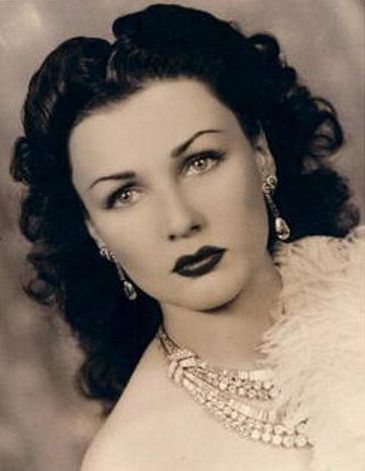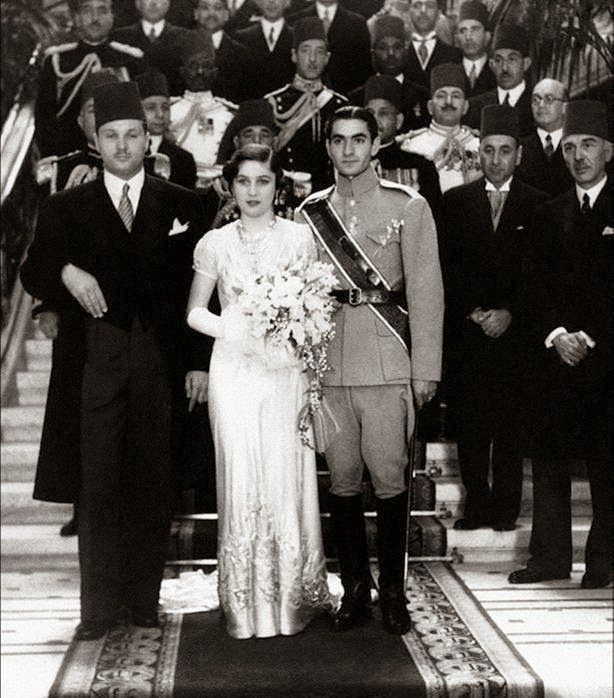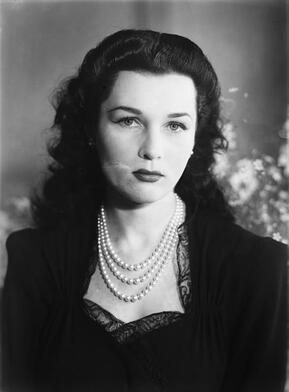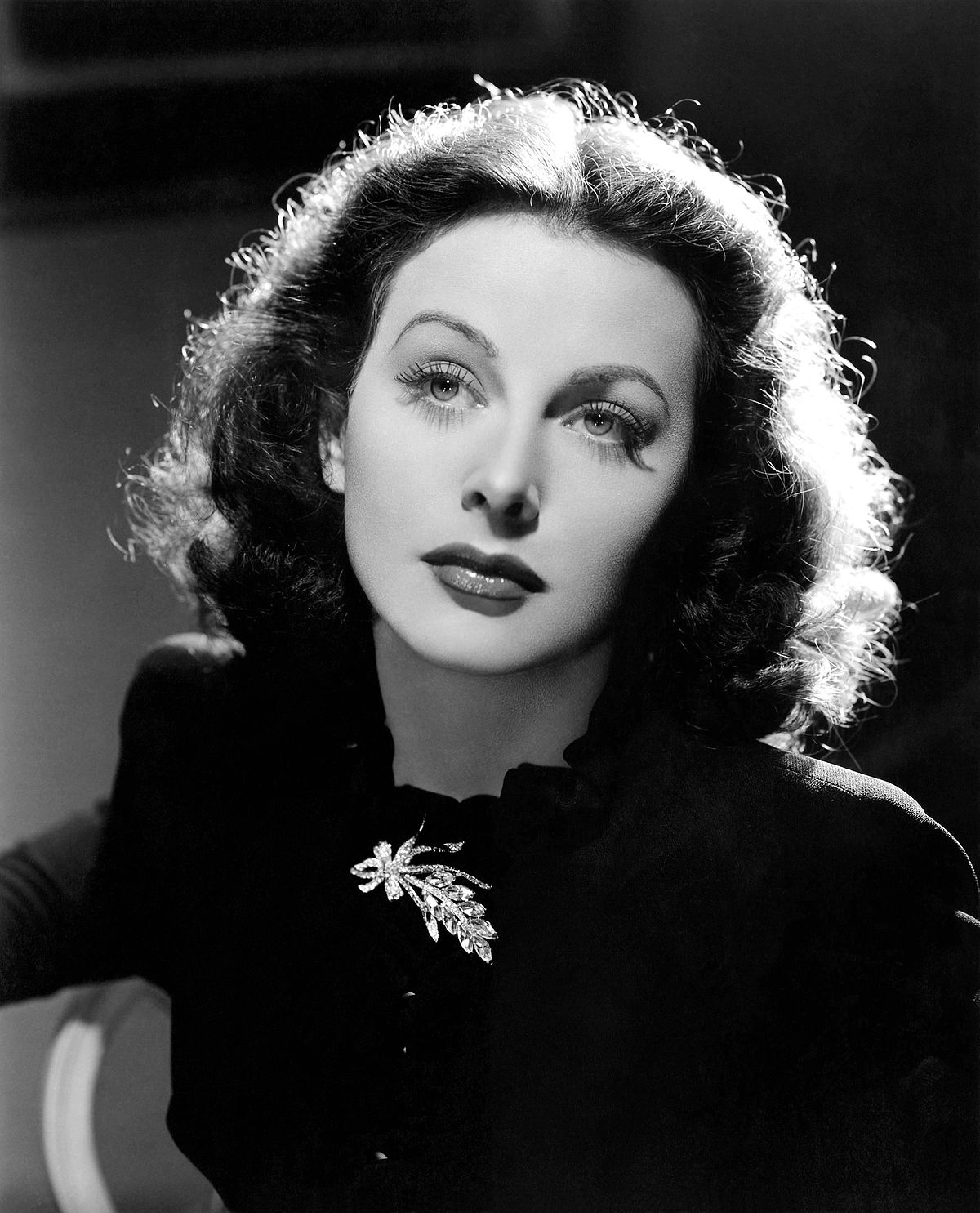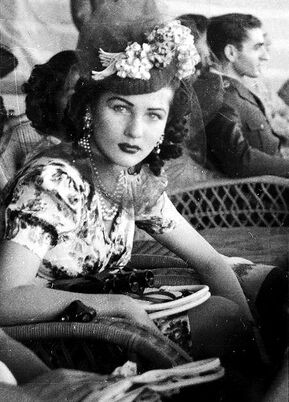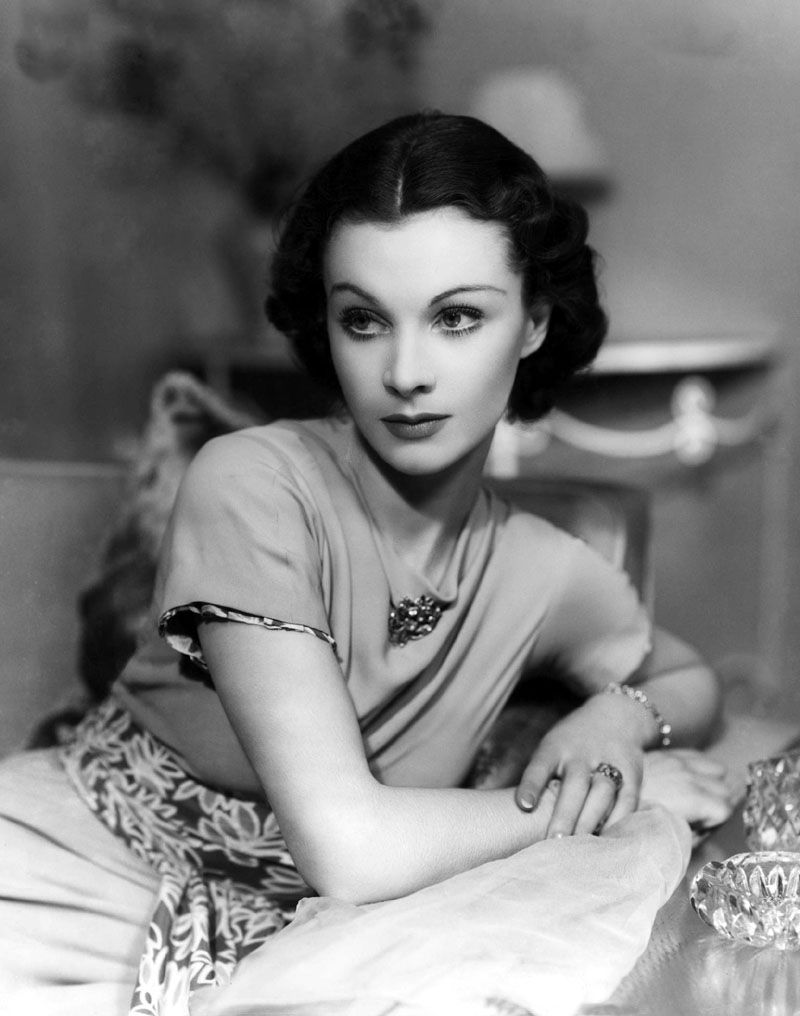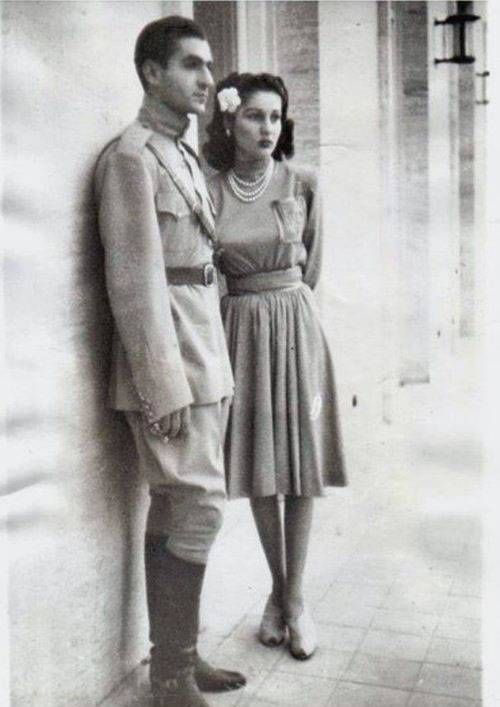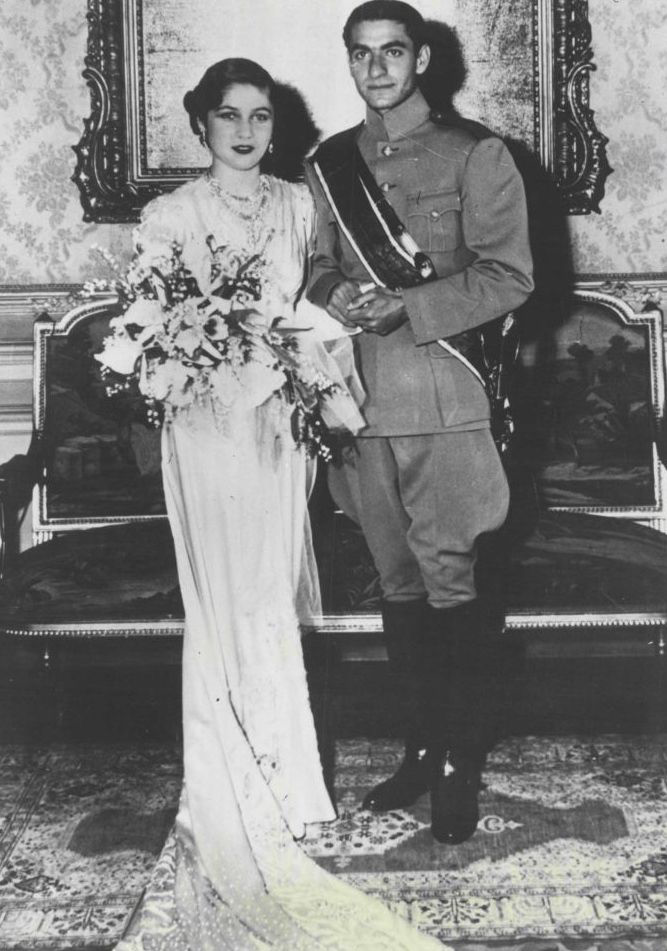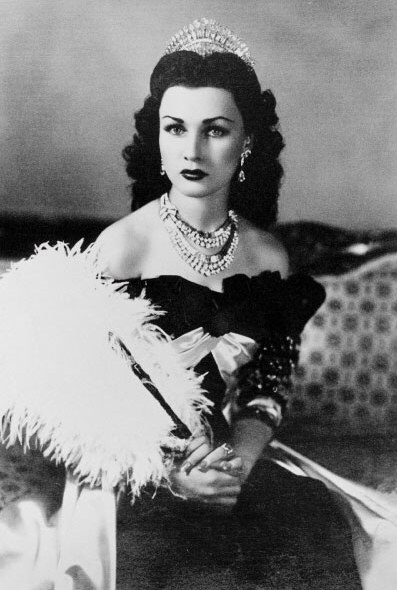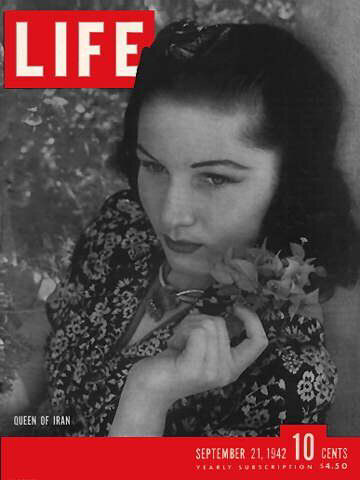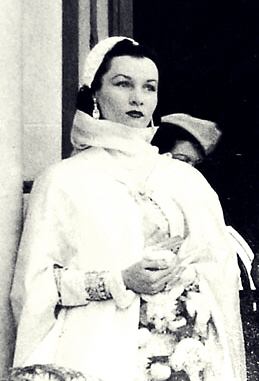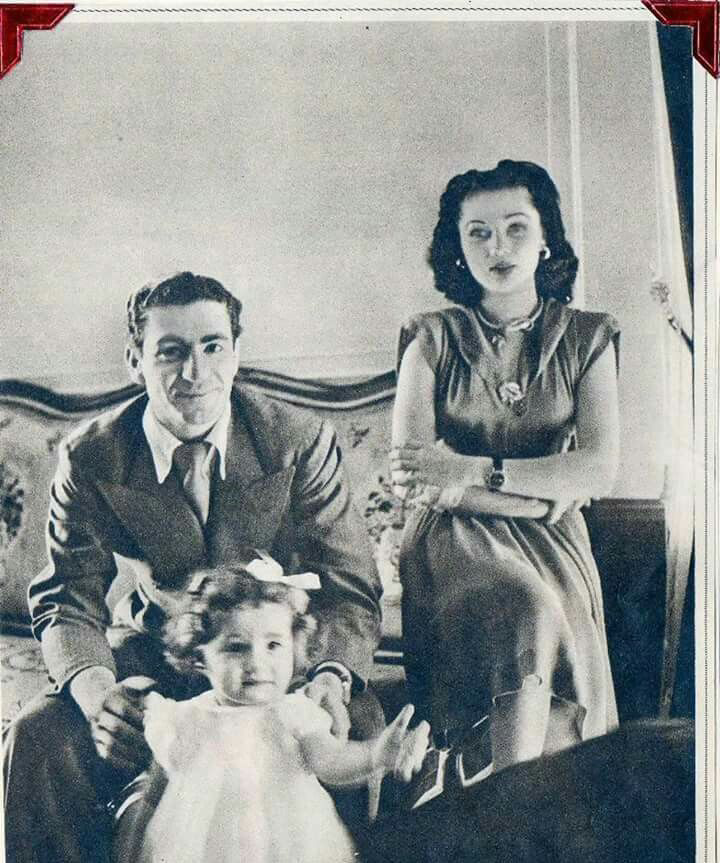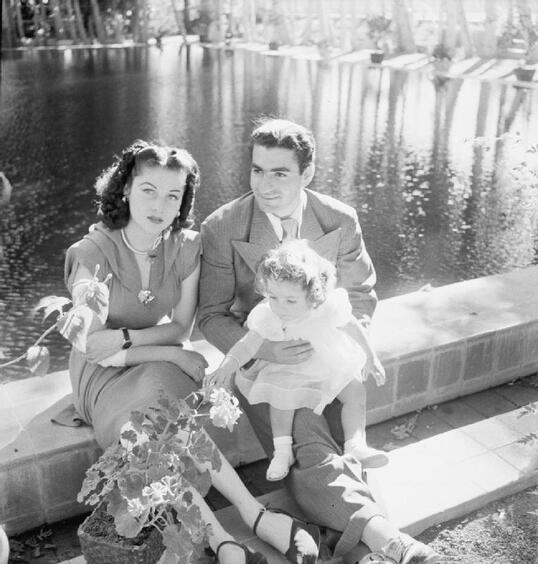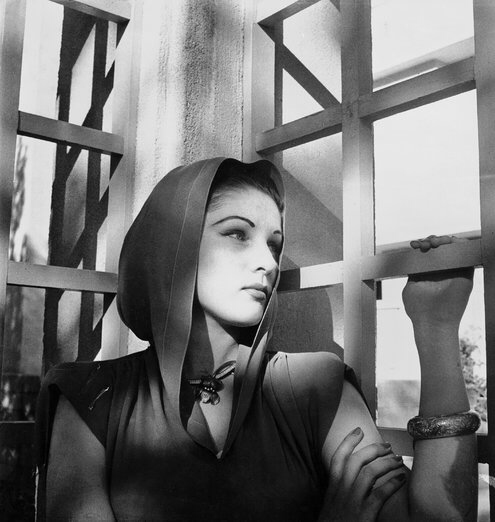ProfileFawzia Fuad of Egypt (5 November 1921 – 2 July 2013), also known as Muluk Fawzia of Iran and Fawzia Chirine, was an Egyptian princess who became Queen of Iran as the first wife of Mohammad Reza Pahlavi, Shah of Iran. Fawzia was the daughter of Fuad I, seventh son of Ismail the Magnificent. Her marriage to the Iranian Crown Prince Mohammad Reza Pahlavi in 1939 was a political deal: it would consolidate Egyptian power and influence in the Middle East, while bringing respectability to the new Iranian regime by association with the much more prestigious Egyptian royal house. It was never a love-match, and Fawzia obtained an Egyptian divorce in 1945 (not recognised in Iran until 1948), under which their one daughter Princess Shahnaz would be brought up in Iran. In 1949, Fawzia remarried Colonel Ismail Chirine, an Egyptian diplomat, with whom she would have a son and a daughter. BiographyPrincess Fawzia was born Her Sultanic Highness Princess Fawzia bint Fuad at Ras el-Tin Palace, Alexandria, the eldest daughter of Sultan Fuad I of Egypt and Sudan (later King Fuad I), and his second wife, Nazli Sabri on 5 November 1921. Princess Fawzia Fuad was of Albanian, Turkish, French and Circassian descent.Her mother's maternal grandfather was Major General Mohamed Sherif Pasha, prime minister and minister of foreign affairs. In addition to her sisters, Faiza, Faika and Fathia, and her brother, Farouk, Princess Fawzia had two half-siblings from her father's previous marriage to Princess Shwikar Khanum Effendi. Princess Fawzia was educated in Switzerland and was fluent in English and French in addition to her native Arabic. Her beauty was often compared to that of film stars Hedy Lamarr and Vivien Leigh. The marriage of Princess Fawzia to Iran's Crown Prince Mohammad Reza Pahlavi was planned by the Prince's father, Rezā Shāh. A declassified CIA report in May 1972 described the union as a political move. The marriage was also significant in that it united a Sunni royal, the Princess, and a Shia royal, the Crown Prince. The Pahlavis were a parvenu house as Reza Khan, the son of a peasant who entered the Iranian Army as a private, rising up to become a general, had seized power in a 1921 coup, and he was most anxious to have the House of Pahlavi married to the House of Ali, who had reigned over Egypt since 1805. King Farouk was not initially interested in marrying off his sister to the Crown Prince of Iran, but Aly Maher Pasha, the king's favorite political adviser, persuaded him that a marriage alliance with Iran would improve Egypt's position within the Islamic world and against Britain.To prepare for life in Iran, Fawzia was assigned a tutor to teach her Persian. Princess Fawzia of Egypt and Mohammad Reza Pahlavi were engaged in May 1938. However, they saw each other only once before their wedding. They married at the Abdeen Palace in Cairo on 15 March 1939. The contrast between the Crown Prince Mohammad Reza, dressed in a simple uniform of an Iranian officer vs. the lavish opulence of the Egyptian court, with the famously free-spending Farouk who wore expensive suits was much remarked upon at the time. After the wedding, King Farouk had a twenty course meal to celebrate the wedding at the Abdeen Palace. Afterwards, Fawzia departed for Iran together with her mother, Queen Nazli. When they returned to Iran the wedding ceremony was repeated at Marble Palace, Tehran, which was also their future residence. As prince Mohammad Reza spoke no Turkish (one of the languages of the Egyptian elite, the other being French) and princess Fawzia was described as being only "competent" in Persian, the two talked to each other in French, in which both were fluent. Fawzia disliked Reza Khan, whom she described as a violent and thuggish man prone to attacking people with either his whip or riding crop. In contrast to the French food she had grown up with in Egypt, Princess Fawzia found the food at the Iranian court sub-par. In the same way, Fawzia found that the palaces of Iran could not compared to the palaces that she had grown up in Egypt. The marriage was a failure. Fawzia was deeply unhappy in Iran, and often missed her homeland of Egypt. Fawzia's relations with her mother-in-law and her sisters-in-law were notably tempestuous as the Queen Mother and her daughters saw her as a rival for Mohammad Reza shah's affections, and the women constantly feuded with each other. Soon after her husband's ascent to the throne, Queen Fawzia appeared on the cover of the 21 September 1942, issue of Life magazine, photographed by Cecil Beaton, who described her as an "Asian Venus" with "a perfect heart-shaped face and strangely pale but piercing blue eyes." The womanizing Mohammad Reza shah was frequently unfaithful to Fawzia, and was often seen driving around with other women in Tehran from 1940 onward. From 1944 onward, Fawzia was treated for depression by an American psychiatrist, as she stated her marriage was a loveless one and she desperately wanted to go back to Egypt. Queen Fawzia (the title of empress was not yet used in Iran at that time) moved to Cairo in May 1945 and obtained an Egyptian divorce. Despite numerous attempts on the part of the Shah to persuade her to return, she remained put in Cairo. This divorce was first not recognized for several years by Iran, but eventually an official divorce was obtained in Iran, on 17 November 1948, with Queen Fawzia successfully reclaiming her previous distinction of Princess of Egypt as well. A major condition of the divorce was that her daughter be left behind to be raised in Iran. After her divorce Princess Fawzia headed the Egyptian court. On 28 March 1949, at the Koubba Palace in Cairo, Princess Fawzia married Colonel Ismail Chirine (or Shirin) (1919–1994), who was the eldest son of Hussein Chirine Bey and his wife, HH Princess Amina Bihruz Khanum Effendi. He was a graduate of Trinity College, Cambridge and a one-time Egyptian minister of war and the navy. Following the wedding they lived in an estate owned by the Princess in Maadi, Cairo. They also resided in a villa in Smouha, Alexandria. Unlike her first marriage, this time Fawzia married for love and she was described as far happier being married to Colonel Chirine than she ever had been to the Shah of Iran. They had two children, one daughter and one son: Nadia Chirine (19 December 1950, Cairo – October 2009) and Hussein Chirine (1955 – 2016) Fawzia lived in Egypt after the 1952 Revolution that toppled King Farouk. Princess Fawzia's death was mistakenly reported in January 2005. Journalists had confused her with her niece, Princess Fawzia Farouk (1940–2005), one of the three daughters of King Farouk. In her later life, Princess Fawzia lived in Alexandria, Egypt, where she died on 2 July 2013 at the age of 91. Her funeral ceremony was held after noon prayers at Sayeda Nafisa Mosque in Cairo on 3 July. At her death, she was the oldest member of the deposed Muhammad Ali Dynasty residing in Egypt. Further interestArticles
0 Comments
Leave a Reply. |
Categories
All
Archives
December 2023
|
